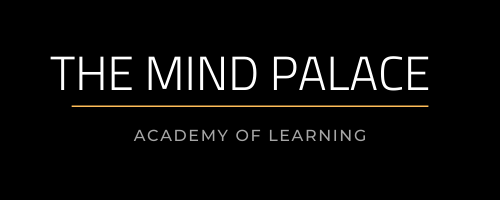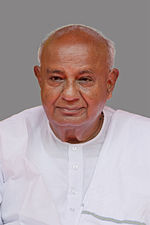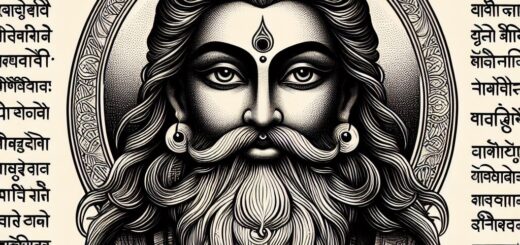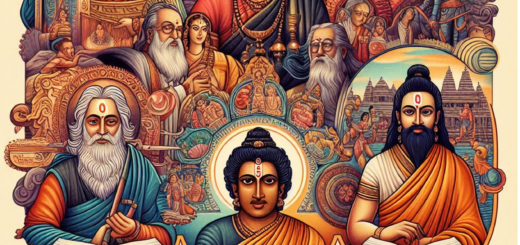Sorting Materials into Groups
Solved exercise of sorting materials
OBJECTS AROUND US

Summary
There is such a vast variety of objects everywhere. We see around us, a chair, a bullock cart, a cycle, cooking utensils, books, clothes, toys, water, stones and many other objects. All objects around us are made of one or more materials. These materials may be glass, metal, plastics, wood, cotton, paper, mud or soil.
Different types of objects that are made from the same material.

Wood: Chair, table, bullock, etc.
Paper: Newspaper, toys, books
Leather: shoes, bags.
PROPERTIES OF MATERIALS
A material is a substance or mixture of substances that constitutes an object. Materials can be pure or impure, living or non-living matter.
Properties is classified into 2 types
Mechanical properties:- Mechanical properties determine how a material responds to applied forces. Ex:Stiffness, toughness, hardness and strength
Thermal properties: Materials may degrade or undergo changes of properties at different temperatures.
Appearance

Materials usually look different from each other. Wood looks very different from iron. Iron appears different from copper or aluminum. At the same time, there may be some similarities between iron, copper and aluminum that are not there in wood.
Hardness & Softness

When you press different materials with your hands, some of them may be hard to compress while others can be easily compressed. Materials which can be compressed or scratched easily are called soft. While some other materials which are difficult to compress are called hard. For example, cotton or sponge is soft while iron is hard.
Soluble or Insoluble
Some substances have completely disappeared or dissolved in water then we say that theses substances are soluble in water. Ex Salt, Sugar, Chalk powder.
Insoluble: Substance does not mix with water and does not disappear even after we stir for a long time, These substances are insoluble in water. Ex: sand, fats, wood, metals, and plastic.
Objects may float or sink in Water.

Some of these materials that did not mix with water, floated to the surface of water. Others may have sunk to the bottom. Dried leaves fallen on the surface of a pond, a stone that you throw into this pond floats on water.
Transparency & Translucent.

Those substances or materials, through which things can be seen, are called transparent, Glass, water, air, and some plastics are examples of transparent materials.
The materials through which objects can be seen but not clearly are known as translucent.
Exercise
1.Name five objects which we see from the wood.
Ans: Table, chair, cot, doors, windows.
2.Select those objects from the following which shine: Glass bowl, plastic toy, steel spoon, cotton shirt.
Ans: Glass bowl, steel spoon.
3.Match the objects given below with the materials from which they could be made. Remember, an object could be made from more than one material and a given material could be used for making many objects.
| Object | Materials |
| Book | Glass |
| Tumbler | Wood |
| Chair | Paper |
| Toy | Leather |
| Shoe | Plastic |
Ans:
| Object | Materials |
| Book | Paper |
| Tumbler | Glass, plastic |
| Chair | Wood, plastic |
| Toy | Plastic, Wood |
| Shoe | Plastic, leather |
4.State whether the statements given below are True or False.
- Stone is transparent, while the glass is opaque. (False)
- A notebook has luster while the eraser does not. (False)
- Chalk dissolves in water. (False)
- A piece of wood floats on water.(True)
- Sugar does not dissolve in water. (False)
- Oil mixes with water. (False)
5.Given below are the names of some objects and materials:
Water, basket ball, orange, sugar, globe, apple and earthen pitcher Group them as:
a)Round shaped and other shapes: Basket ball, orange, globe apple earthen pitcher.
b)Eatables and non eatables:
- Eatables: Water, orange, sugar, and apple
- Noneatables: Basketball, globe, and earthen pitcher.
6)List all items known to you that float on water. Check and see if they will float on
an oil or kerosene.
7.Find the odd one out from the following:
a)Chair, Bed, Table, Baby, Cupboard: Ans:Baby
b) Rose, Jasmine, Boat, Marigold, Lotus. Ans:Boat
c)Aluminium, Iron, Copper, Silver, Sand. Ans: Sand
d) Sugar, Salt, Sand, Copper sulphate. Ans: Sand




























